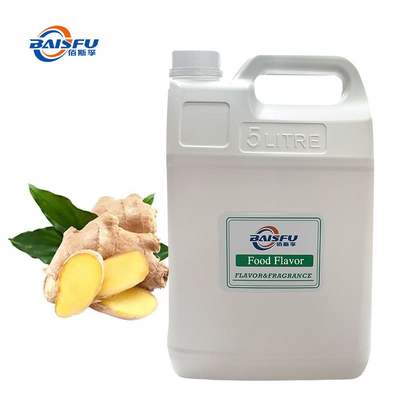
High-quality Ginger Flavor used in food, shampoo and other industries
-
Highlight
ginger flavor for food industry
,ginger fragrance for shampoo
,industrial ginger flavor with warranty
-
Product NameGinger Flavor
-
Purity99.9%
-
AppearanceLiquid
-
Shelf Life2 Years
-
Specification1L
-
MOQ5kg
-
PackingFoil Bag,Bottled,Drum,Carton,Container
-
QualityNatural Raw Materials, Safe And Harmless, No Addition
-
Place of OriginShaanxi, China
-
Brand NameBaisfu
-
CertificationGinger Flavor
-
Model NumberGinger Flavor
-
Document
-
Minimum Order Quantity5kg
-
Price48.56USD
-
Packaging DetailsFoil bag,Bottled,Drum,Carton,Container
-
Delivery Time10-15 work days
-
Payment TermsT/T,Western Union,D/P,L/C
-
Supply Ability20,000 kilograms a month
High-quality Ginger Flavor used in food, shampoo and other industries
High-quality Ginger Flavor used in food, shampoo and other industries
![]()
Product Introduction
Ginger flavor originates from the rhizome of the ginger plant (Zingiber officinale), a member of the ginger family. Its core characteristic is a powerful collision of spiciness and fragrance, combining a stimulating "spicy" flavor with a refreshing "fragrant" aroma, creating a unique complex flavor. Fresh ginger has a distinct flavor layer: a sharp, pungent spiciness (similar to the heat of pepper, but with a warmer flavor), followed by a refreshing citrus-like fruitiness and woody, herbal notes, followed by a light sweetness and a warm "burning" finish. Dried or ground ginger offers a richer, more intense flavor, with a longer-lasting spiciness and a hint of burnt aroma and mellowness.
Ginger holds a prominent place in culinary traditions around the world, often associated with functions such as "dispelling cold," "removing fishy smells," and "enhancing freshness." It is a core seasoning in Chinese cooking and a signature flavor in Western baking and beverages. Its "spicy yet refreshing" character makes it both functional and unique.
Ingredient
Spicy Core Components:
Gingerols: The primary pungent compound in fresh ginger, imparting a sharp, pungent, and warming sensation. Upon heating or drying, they partially convert to shogaols (intensifying and lasting the spiciness).
Gingerol derivatives, such as paradols, enhance the layered spiciness and contribute to the burning heat of the base.
Volatile Aroma Components:
Terpenes, such as zingiberene and phellandrene, are the core source of ginger's refreshing, fruity, and woody notes, reminiscent of a blend of citrus peel and pine needles.
Aldehydes and Ketones, such as hexanal and zingerone, impart a subtle sweetness and caramel aroma to ginger (especially noticeable in dried ginger), counteracting some of the sharp, spicy notes.
Esters and Alcohols: Small amounts, such as zingeryl acetate, soften the aroma and create a harmonious balance between the spicy and aromatic notes. Other supporting ingredients:
The starch, cellulose, and small amounts of sugars in ginger, while not directly contributing to flavor, do influence the roughness or smoothness of the mouthfeel. Minerals (such as potassium and magnesium) enhance its "natural health" properties.
![]()
| Product Name | Ginger Flavor |
| Type | Nature Flavor |
| Brand Name | BAISIFU |
| Appearance | Liquid |
| Shelf Life | 2 years |
| Specification | 1L |
| MOQ | 5kg |
| Origan | Shaanxi,China |
| Purity | 99% |
| Packing | Foil bag,Bottled,Drum,Carton,Container |
| Storage | Sealed in dry,Room Temperature |
| Ingredients | Linalool, Camphene |
| Usage | Food Flavor beverage Bake Make Drinking Ice Cream Candy Biscuit Chewing gum etc |
![]()
Application:
Chinese Cuisine and Traditional Diet:
Seasoning and Removing Fishy Odors: Ginger is a core seasoning in Chinese stir-fries, stews, and braised dishes. Its pungent flavor effectively removes the fishy odor of meat and seafood, while also adding a rich base to dishes (e.g., stir-fried chicken with ginger, stewed lamb with ginger).
Soups and Medicinal Cuisine: Ginger soup (ginger and brown sugar) is a classic combination for dispelling cold. Ginger stewed with red dates, longan, and other ingredients creates a warming and tonic remedy, highlighting its "warming" properties.
Specialty Desserts: Ginger Milk (a traditional Cantonese dessert) and Ginger Tangyuan (glutinous rice balls) use the smoothness of milk to balance the spiciness of ginger, creating a unique "sweet and spicy fusion" taste. Western Food and Baking:
Baked Goods: Gingerbread (a traditional Christmas pastry), ginger cake, and ginger cookies. Pairing dried ginger powder with spices like cinnamon and cloves creates a warm, spicier balance of sweetness.
Drinks: Ginger beer (a non-alcoholic soft drink), ginger cider (apple cider), and ginger latte (coffee with ginger syrup) enhance the flavors of drinks with the spiciness of ginger, perfect for hot drinks in autumn and winter.
Sauces and Condiments: Ginger mustard and ginger mayonnaise complement sandwiches and grilled meats, offering a spicy counterpoint to the greasy flavor. Beverages and Functional Drinks:
Herbal Beverages: Ginger tea and ginger honey water, focusing on "natural health," are suitable for daily use or to relieve the early symptoms of a cold.
Innovative Beverages: Ginger sparkling water, ginger lemon tea, and ginger kombucha combine the spicy flavor of ginger with the refreshing bubbly to create a stimulating and thirst-quenching experience.
Alcoholic Beverages: Ginger whiskey and ginger rum use the ginger flavor to mask the alcohol's harshness and add complexity.
Our advantages
1. Long-lasting fragrance and extended aftertaste
2. Enhancement of aftertaste and neutralization of undesirable odors
3. Pure, rich flavors with a high degree of simulation
4. High purity, excellent solubility, and moisture absorption resistance
5. Broad spectrum compatibility and ease of coordination with various flavors
6. High-temperature endurance and improved stability

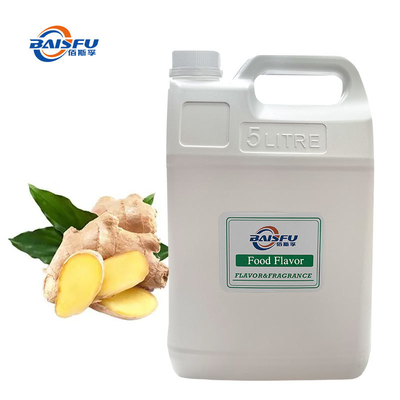
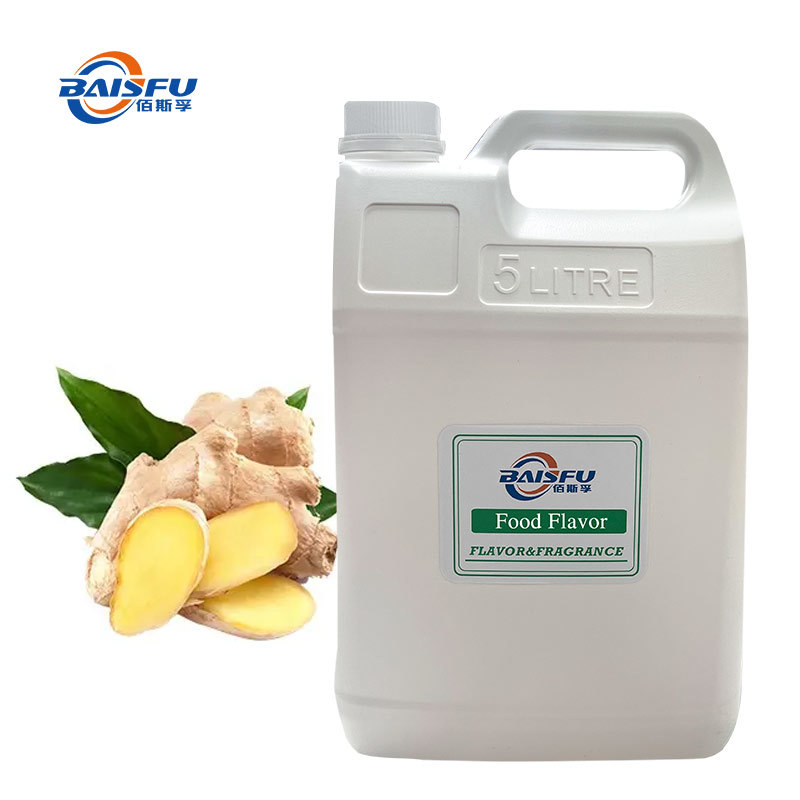
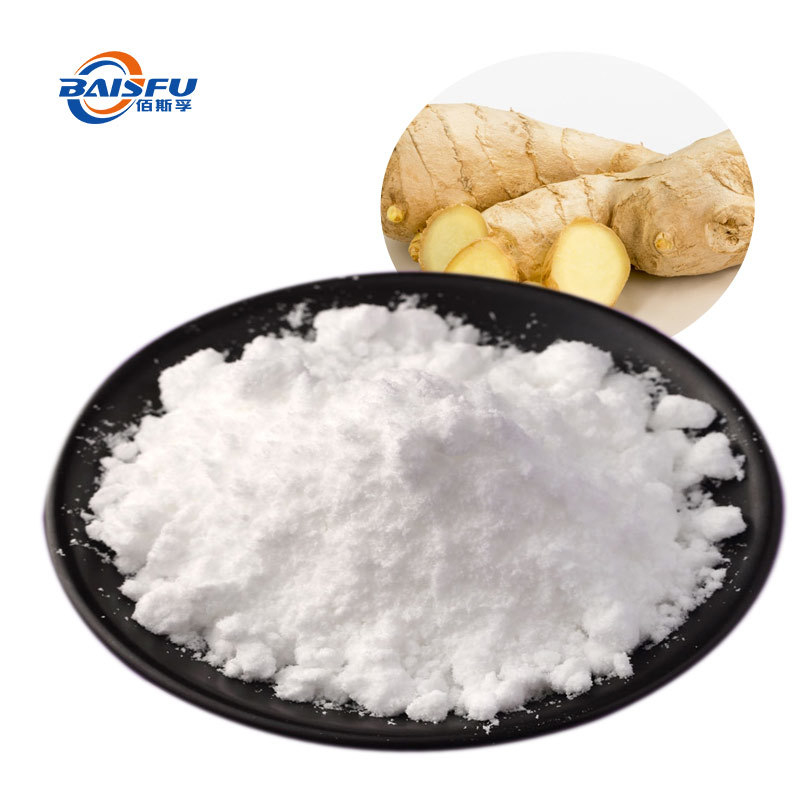
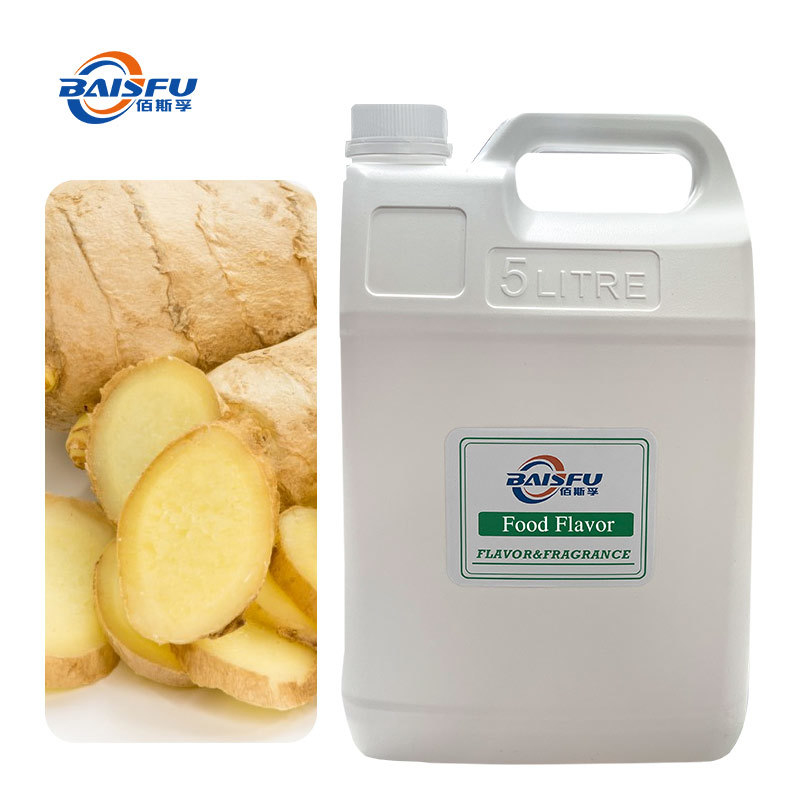
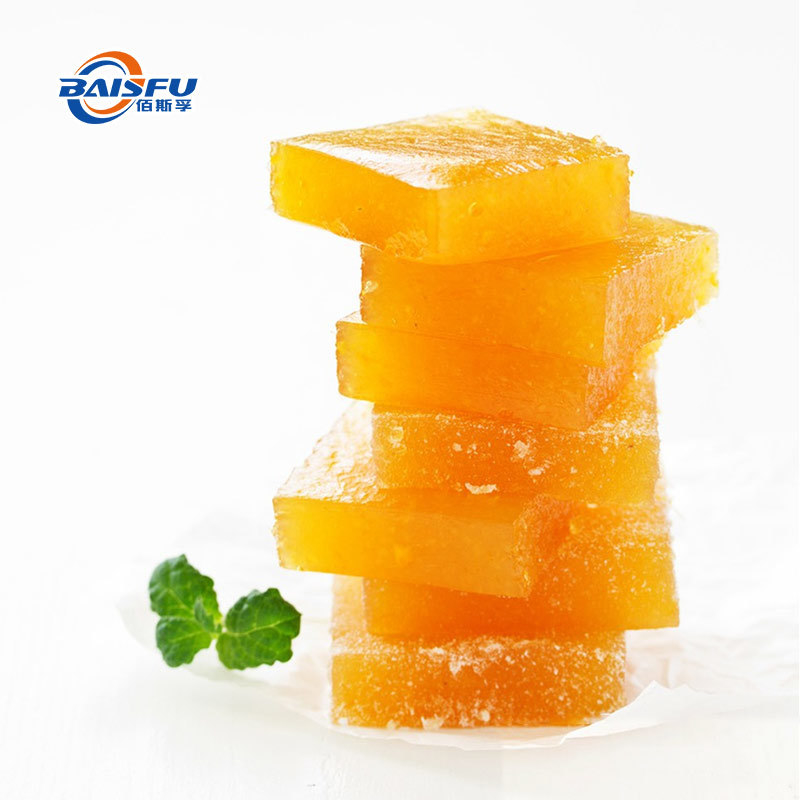
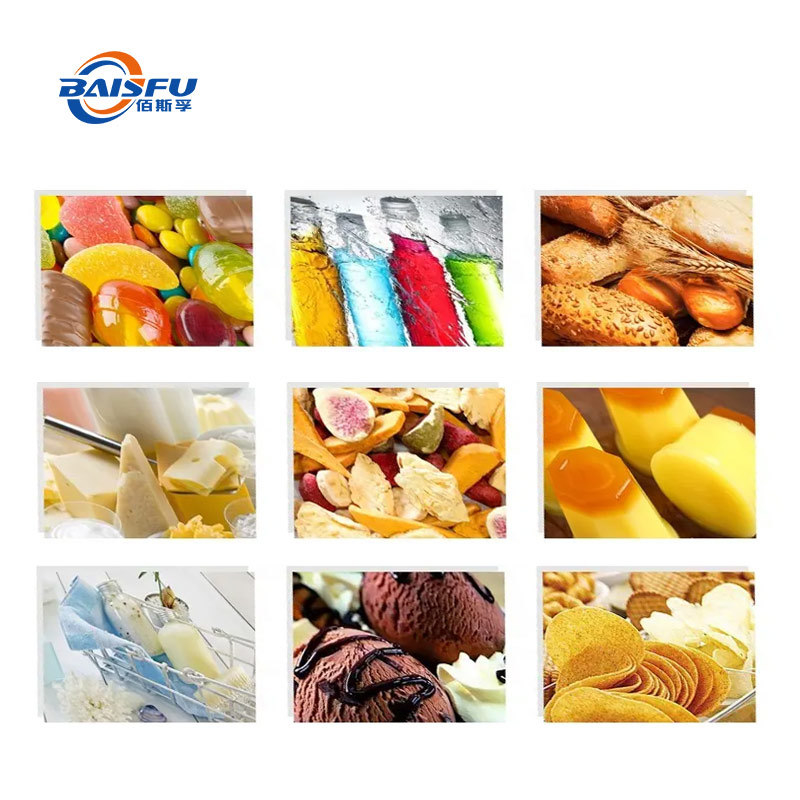
Overall Rating
Rating Snapshot
The following is the distribution of all ratingsAll Reviews